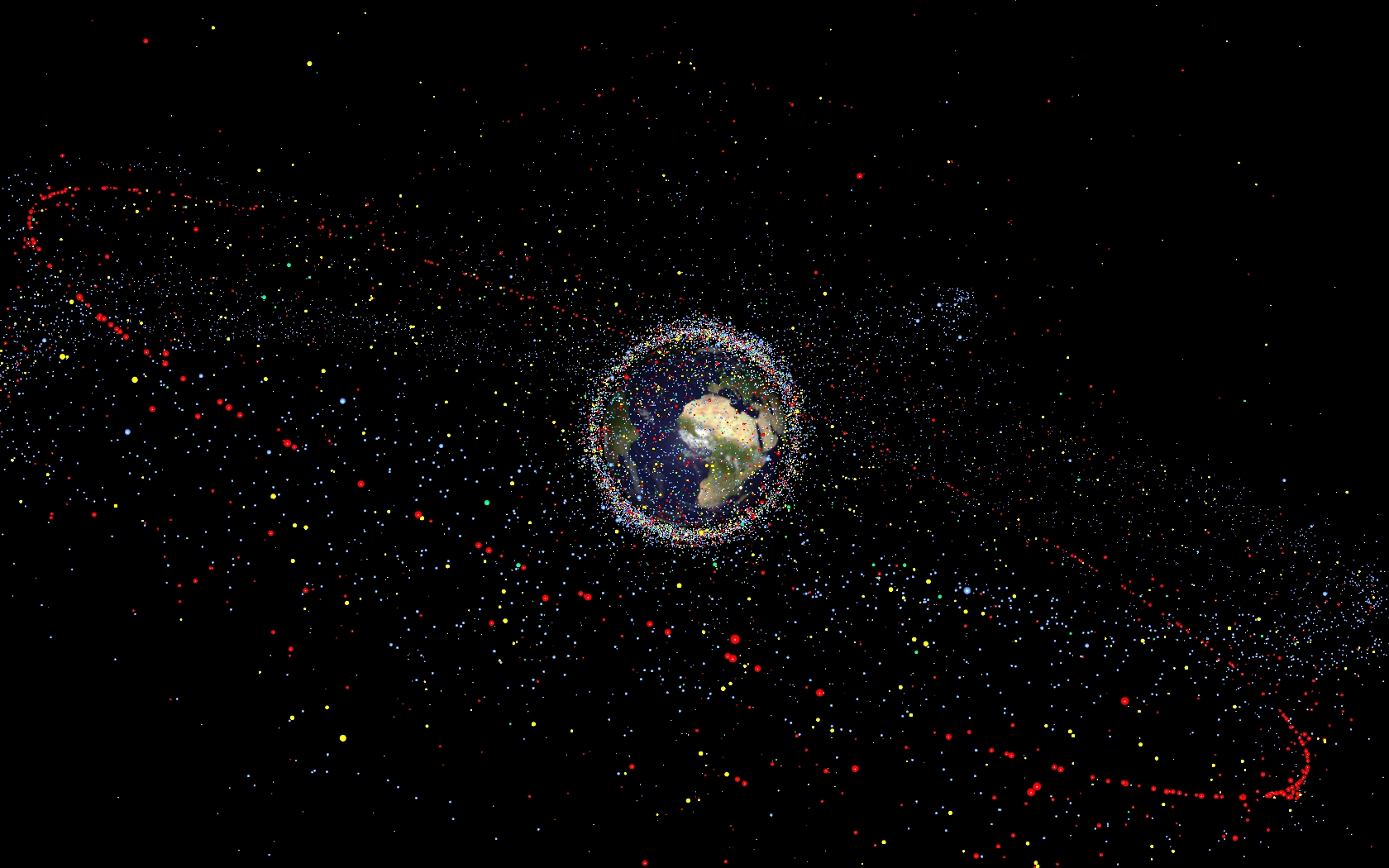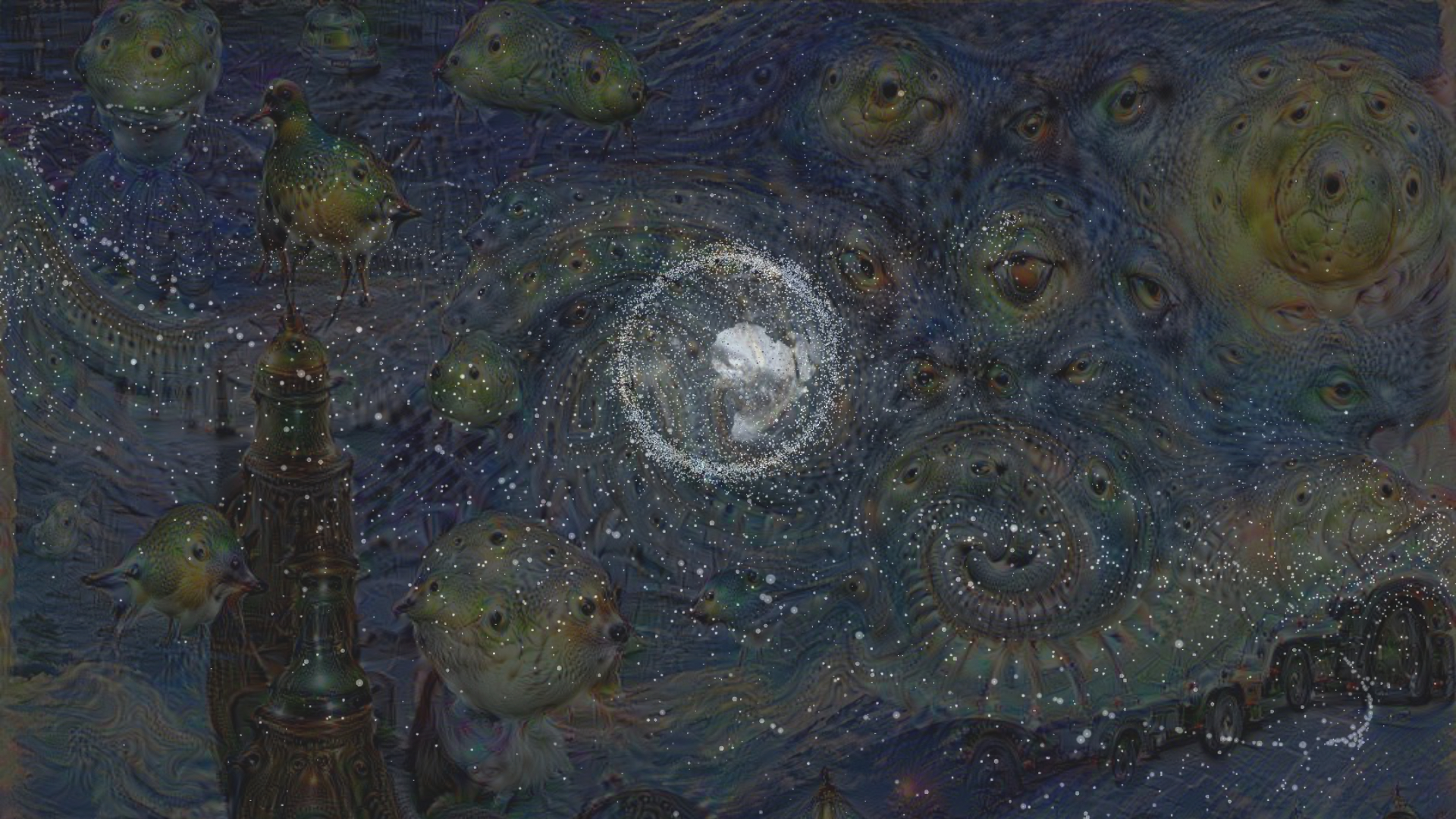You are fascinated by artificial intelligence and you love space? This challenge is for you.

Space is endless and beautiful. Space activities have brought us global communications, satellite television, and navigation from anywhere to anywhere else. Space has transformed the way we live.
But space orbits, and in particular the orbits around our precious planet Earth, are full of debris.

One way to clean up these orbits would be to launch a chaser which would go and capture larger pieces of debris.

In Orbit Service / Active Debris Removal
Yet, this represents a challenging task as these debris items are often uncontrolled and therefore difficult to rendezvous with and secure. But artificial intelligence could help us to ease catching former satellites.
ESA’s Advanced Concepts Team and Stanford University in the US have therefore launched a new challenge, open to machine learning and AI specialists, to find out the best AI to estimate the distance and orientation of an object in space.

Listen to the ACT’s Dario Izzo speak and you will soon understand what drives him to run this competition: “Every time we open a new competition on our Kelvins website, people come up with better solutions that we found.”
In advance of launching each competition, ESA works on the problem and identifies solutions. Then the hope is to receive better solutions that those already found. “It is always a surprise to see that enthusiasm leads to fantastic findings. The persons participating to these competitions do it out of passion, not for the prize,” Dario adds. Indeed, there is no price for the winners. Except the pride of discovering a helpful tool for the society.

Today, all AI enthusiasts and lovers of space, have a role to play in making space a safe place for future,” says ESA Clean Space engineer Andrew Wolahan. “Within Clean Space we are excited about this competition. The results could benefit future in-orbit servicing missions and in particular, the debris removal ones.”
“Space actors have a role to play in keeping our orbits usable for decades and AI experts are constantly seeking out improved solutions to problems,” comments Luisa Innocenti, head of Clean Space. “I trust that the two communities will find out a solution to judge the position and orientation of a drifting satellite”.
“I am already looking forward to see the final results and talk with the winners of the competition. Who knows, maybe we’ll get to work together soon.”
Today, there are already 60 teams registered for the competition. But you still have time to take part, as the competition runs until 1 July and play your part in making space smarter.





Discussion: one comment
i like sky and space. i hope one day we can use artificial intelligence to travel other planet. thanks for beatiful pic.